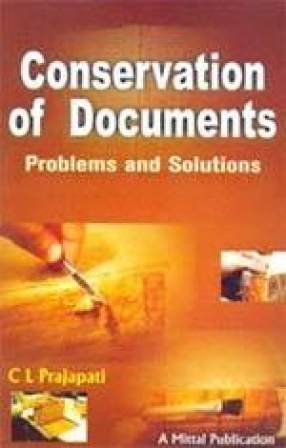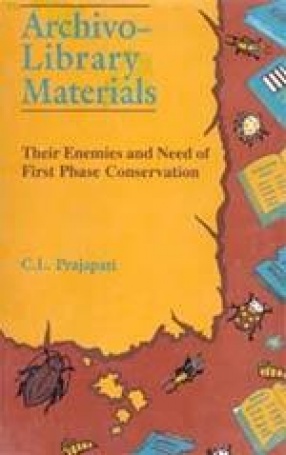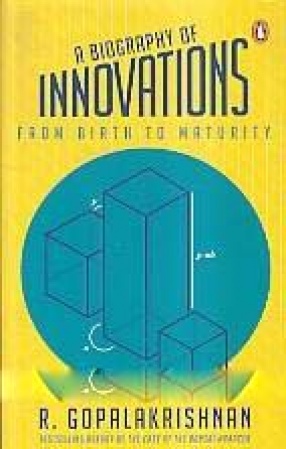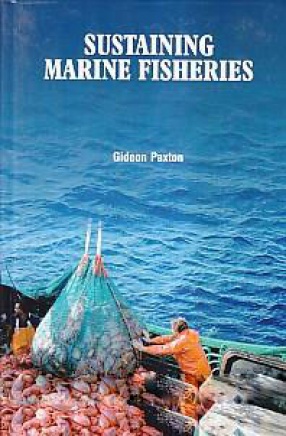The role of information or knowledge for world-building and development of human society has been very vital through the ages. No doubt, before the invention of the art of writing, the information, whatever was known to the people of various societies, was kept stored in human brain, a tremendous storehouse gifted by nature. It was disseminated to the people far and near. The gurukul system has played a multi-dimensional role in educating people, disseminating information and its storage. The new chapter in the history of conserving information and its dissemination starts with the invention of the art of writing. The modes and norms applied for conservation of information, in this age, were different from those applied in the preceding age. The third chapter of conservation ethics, however, in the Indian sub-continent, begins with the advent of a new era, say in 1860. By this time, the use of paper as information carrier had become dominant in every sphere of life. Most of the information was available on paper. The custodians of records, in this age, came across the unique problems to save information carrier as well as writing ink. How modern conservation, a science as well as an art, grew and developed in this sub-continent to counter the problems and how it achieved international reputation is the subject matter on which light is thrown by this book. The book will be helpful to students, custodians of records, librarians, archivists, conservationists, conservation scientists, experts of the field and those who are interested to learn and practise conservation in the real sense.
Conservation of Documents: Problems and Solutions
In stock
Free & Quick Delivery Worldwide
reviews
Bibliographic information
Title
Conservation of Documents: Problems and Solutions
Author
Edition
1st ed.
Publisher
ISBN
8170999227
Length
xxvi350p., Plates; Tables; Figures; Annexures; Appendices; Bibliography; Index; 23cm.
Subjects






There are no reviews yet.